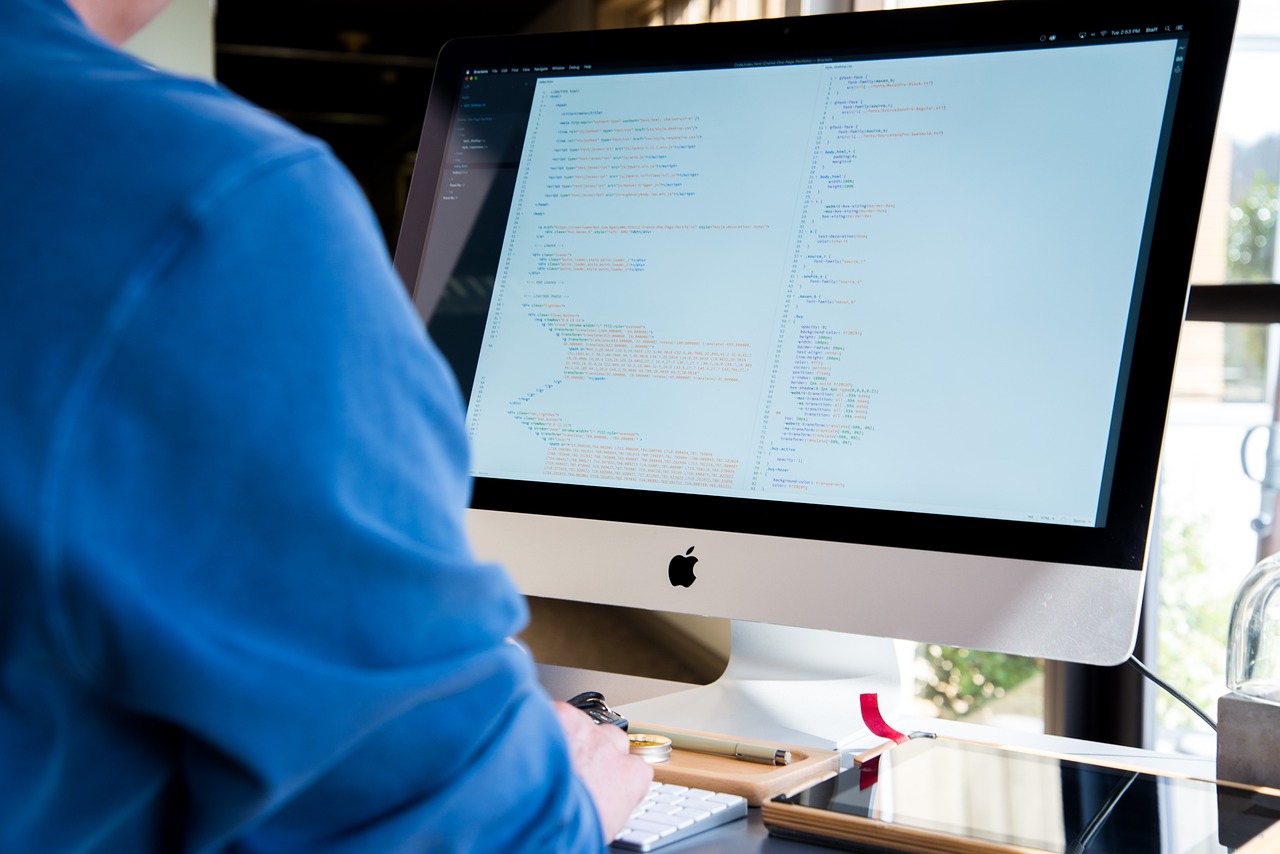How to Use Git and GitHub in Full-Stack Development ?
In the realm of full stack development, which is inherently saturated with switches and changes, version control is an integral part of the development. Git also known as the distributed version control system is used to track the changes made to the codes, share works with others and even manage project versions effectively. Git is an open-source DVCS that is integrated with GitHub that offers a friendly web-based application that hosts repositories, manages projects, and allows collaboration. This blog explores how to use Git and GitHub effectively in full-stack development, enabling developers to streamline their workflow and enhance their productivity. Enrolling in a Full Stack Developer Course in Chennai can provide valuable insights and hands-on experience with these tools.

Understanding Git and GitHub
What is Git?
Git is a version control system and is used by developers to track and manage the changes which has been made to the code base. It enables a large number of developers to work on a particular project without disturbing others’ work progress. Git has branch environments into which one can perform tests and experiments for new features or fixes in order not to interfere with the rest of the code base. After changes are made and completed, they can be merged back into the original branch, which provides sanity when it comes to project states.
What is GitHub?
GitHub is online hosting service that enables developers to carry out development through Git hosting that offers users a shared repository in which they can store and manage code. GitHub makes operations of git easier allowing developers to manage repositories, review codes and track issues through the GitHub friendly interface. Moreover, GitHub provides features like pull requests, issues, and project boards that address communication and planning in the project.
Setting Up Git and GitHub
Installing Git
The first step in using Git is to download it on your computer or machine to begin using it. You can download the latest version of Git on the official website of the system. The installation depends upon the type of operating system of your machine, once it is installed, you can check the version in terminal.
Creating a GitHub Account
Secondly, go to GitHub and get a personal account if you don’t possess one yet. Go to the GitHub website and create a personal account with the website. When you set up an account, you also set up repositories on your own, search through projects of others and join the teams of contributors.
Using Git and GitHub in Full Stack Development
Initializing a Git Repository
The next step once you have installed git is to open your project directory in the terminal and create a new git repository. This action helps you in enabling the tracking of changes to your project.
Making Your First Commit
Before it becomes possible to track the changes, certain files must be included into the staging area, and then committed. This step helps to save the current state of your project and return to this version at any time if necessary.
Creating a Remote Repository on GitHub
To share code with other people and have a backup, start a GitHub remote repository. Go to your GitHub account and click on the top right corner button saying “+” and then choose “New repository”. Create your repository and put in a name, provide a description of the repository and select for privacy where the repository is to be public or private.
Linking Your Local Repository to GitHub
Once the remote repository is created, link your local Git repository to it. This connection allows you to push and pull changes between your local repository and the GitHub repository.
Pushing Changes to GitHub
After making changes to your project, stage and commit your changes to save them. To upload your local changes to GitHub, you will push them to the remote repository. This action ensures that your code is backed up and accessible to your collaborators. Full Stack Developer Courses in Bangalore are essential for enhancing your skills in this process.
Git and GitHub are very important for any stack developer to incorporate into their work properly. Beside version control and collaboration, they also help to improve the development process. When using Git and GitHub, one is able to increase efficiency, be accurate and work well with others on the project. Especially if you’re a developer who works on complex projects separately, or as part of a large team, you will experience a considerable enhancement in the result from the use of Git and Github.











Latest Posts
Introduction: Makeiva Albritten’s Unforgettable Legacy
How To Relieve Stress: 5 Simple And Effective Ways
Election 2024 Date: Key Details and What to Expect